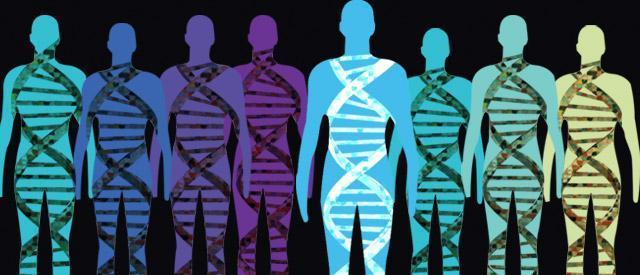Moving from Population Medicine to Personalized Medicine
Moving from Population Medicine to Personalized Medicine
In the United States, despite high hopes, our health-care system still generally operates as a one-size-fits-all model. Some refer to this as a population model. This paradigm suggests that in the majority of people, an ailment — be it a common cold or a cancer — has a common predicted trajectory and most people will benefit from a homogeneous course of treatment. If a particular treatment does not work, then the second-most likely successful treatment plan is prescribed.
This continues until the ailment is relieved. Treatments are set based on available population statistics, and trial and error is used until the patient is well. In this model of medicine, personal characteristics, risk factors, lifestyle choices and genetics are rarely considered. Therefore, the treatment approach will not be ideal in all cases, failing those who do not fit with “average” parameters.
Personalized medicine, on the other hand, advocates the customization of health care. It aims to prevent diseases, as well as tailor treatments to an individual so a disease or illness can be targeted in a way that promises the highest chance of success based on the attributes of the individual. An underlying assumption of this approach is personalized medicine (PM) takes into account that drugs and interventions will have varying efficacy based on the person being treated.
Health Technology in the Age of Genomics
Now that science possesses a complete map of all the genes in the body, personalized medicine is manifesting as a reality. The National Human Genome Research Institute emphasizes that personalized medicine involves the use of a patient’s genetic profile to guide decisions regarding prevention, diagnosis and treatment.
Modern health technology now allows for the individual’s genome to be examined in order to detect specific characteristics or abnormalities. Angelina Jolie’s public disclosure about carrying a BRCA1 gene mutation — which puts her at high risk of breast cancer and ovarian cancer —brought some of these concepts to the public’s attention. Making choices based on gene type might not yet be the norm in everyday health-care practice, but it is becoming more prevalent.
Oncology is an area of medicine where DNA sequencing technology has a lot of potential. For example, for lung cancer, there are many personalized treatment options now available based on different lung cancer biomarkers. If there is a medical indication, genetic tests can often be covered by the insurance, especially if there is an FDA-approved drug or treatment that is tied to a genetic mutation.
A New Organ from Your Own Cells
Perhaps one of the most sensational innovations in the area of personalized medicine is printing 3D organs from one’s own cells.
It is predicted that in about 10 to 15 years, organs will routinely be produced from cells harvested from patients themselves using 3D bioprinting technology. In the future, organ transplantations might eventually be replaced by customized organ growing.
Anthony Atala, M.D., the Director of the Wake Forest Institute for Regenerative Medicine, has already demonstrated that transplantable kidneys can be produced using such a technique, helping to curb a crisis resulting from organ shortage. Organovo, a company working on personalized bioprinted human tissue, has so far produced 3D liver models that stay functional and stable for over 40 days and can be used for drug testing, offering an alternative to animal and in vitro experiments.
Mobile Technology and Personalized Medicine
Eric Topol, the Director and Professor of Genomics at Scripps Translational Science Institute, describes the now ubiquitous smartphones as the hub of future medicine. Mobile phones and mobile peripherals can be used as biosensors — measuring blood pressure, heart rhythm, blood sugar levels and even brain waves — as well as functioning as a personal scanner such as an otoscope or ultrasound. People can now perform many measurements by themselves, when they want and where it is most convenient for them. They can view and interpret their data without having to visit the doctor, making health care increasingly more personal and individual-based.
by Michael Rucker For Very Well
Be the first to post a message!
